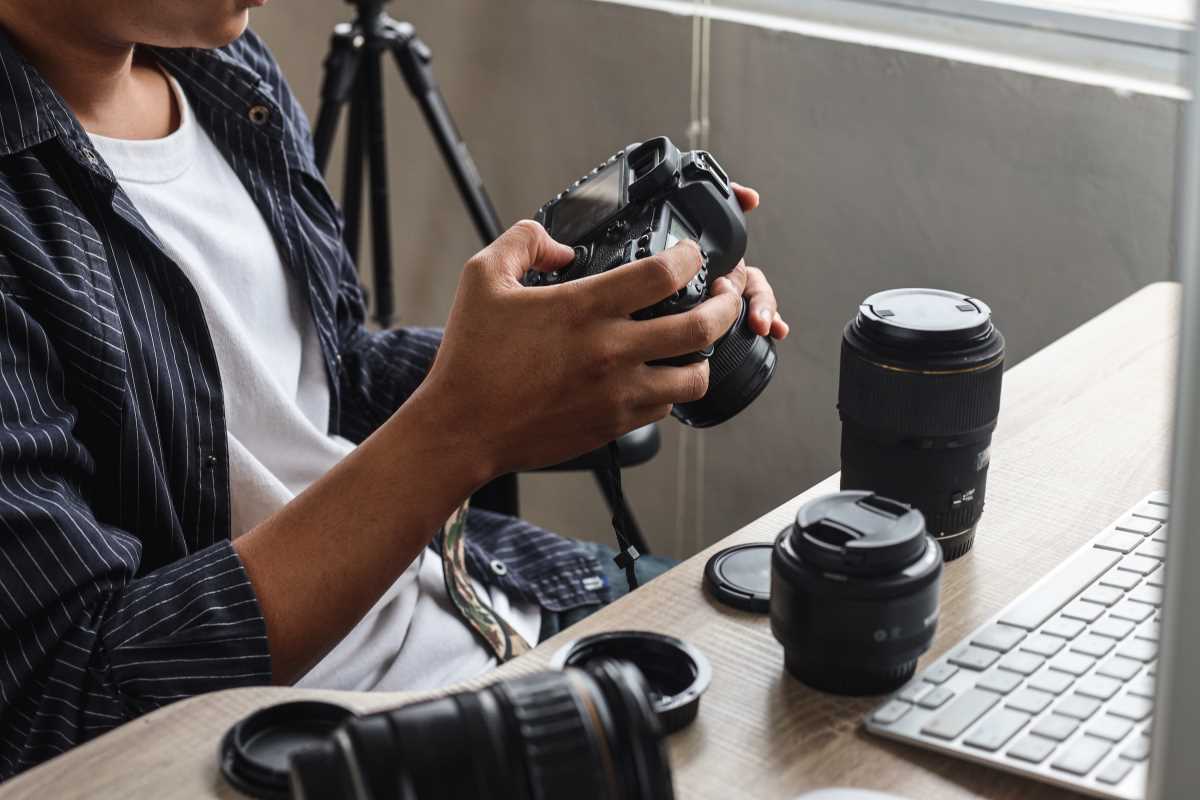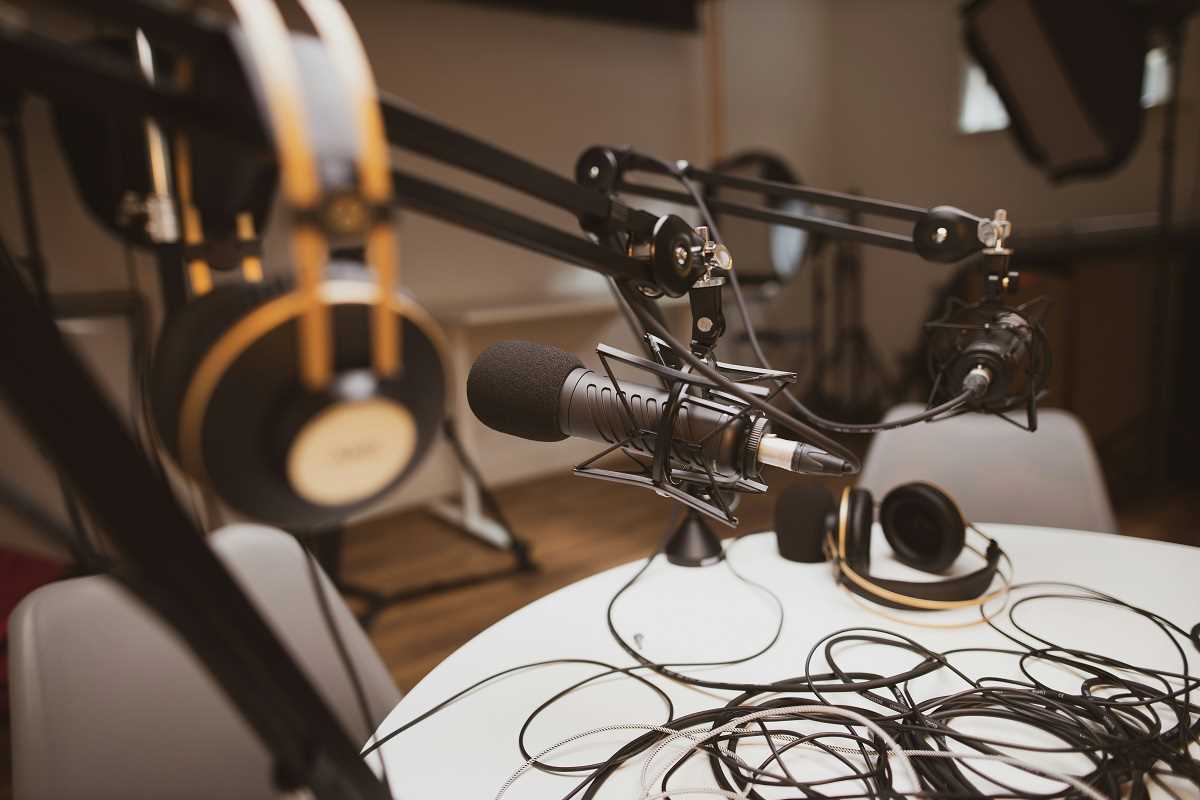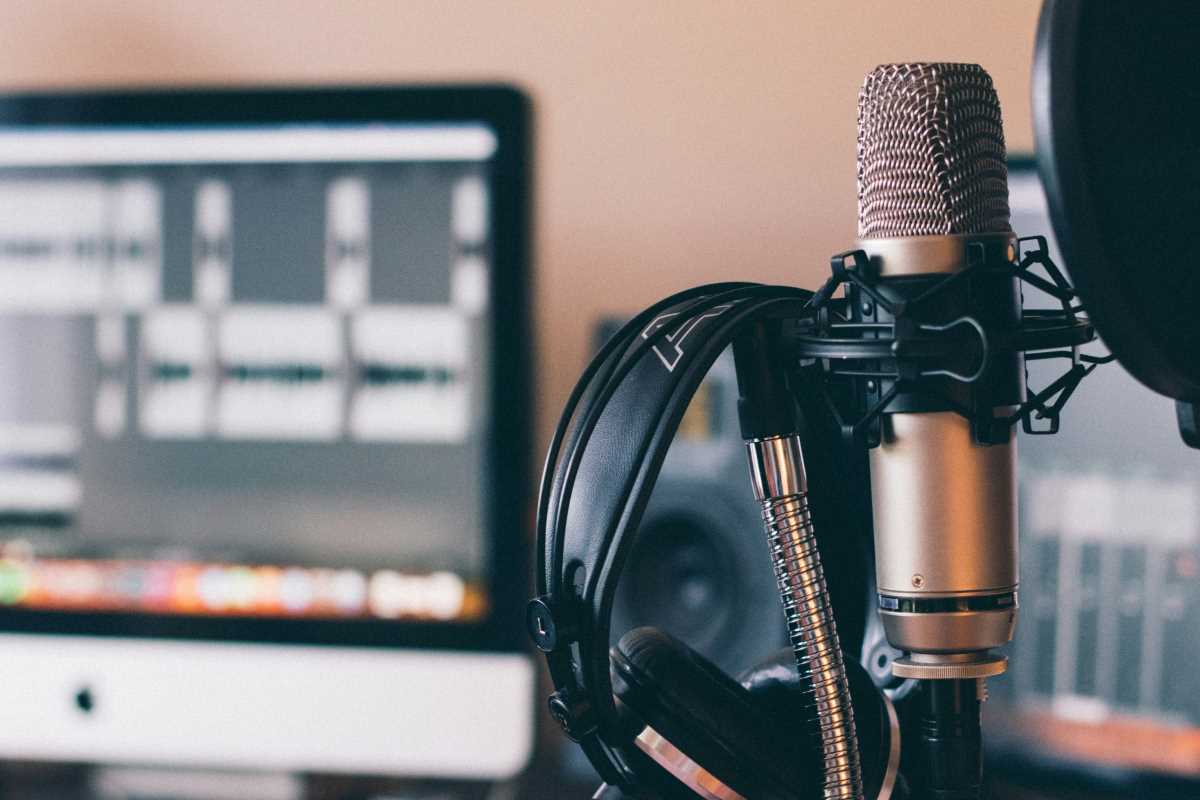Artists gather in a space filled with inspiration, where sharing each brushstroke invites fresh perspectives and every bit of feedback reveals new possibilities for your work. Growth often comes as a pleasant surprise, whether you stumble upon an unexpected color combination after a simple suggestion or improve your technique thanks to the variety of insights from others. Joining live creative discussions brings a sense of excitement and community, making it easier to develop your skills and expand your artistic horizons. As you connect with others and exchange ideas, you’ll notice your abilities evolving more quickly than you imagined.
Unlocking New Perspectives Online
- Rotating Group Dynamics: Join sessions that mix participants of varied backgrounds to ignite unexpected creative sparks. When you share a still life with illustrators and portrait artists alike, you’ll receive observations that push you beyond your comfort zone. You simply upload your image, introduce your goals, and listen as each voice highlights novel compositional ideas, textural details, or color experiments.
- Peer-Driven Skill Refinement: Tap into community critique loops where each response helps you refine a single element. Instead of scattering feedback across multiple concerns, facilitators guide peers to focus on one key aspect—value contrast or spatial balance—per round. This focused approach builds mastery step by step, letting you test tweaks immediately and see which adjustments really pop.
- Live Demonstration Moments: Engage in sessions where instructors or seasoned hobbyists share real-time demonstration clips. Watch a brush technique or digital layer adjustment happen live, then pause to ask questions. These snapshots of process reveal why a gentle feathering motion softens an edge or how shift-key nudges improve alignment.
- Collaborative Theme Challenges: Work on a shared prompt—such as a monochrome landscape or a stylized still life—and trade iterations every ten minutes. Each handed-off piece carries fresh stylistic choices that inspire new angles in your own practice when your original comes back to you transformed.
- Rotating Facilitator Focus: Experience mini-sessions led by artists who specialize in different traditions—watercolor, digital, charcoal. Every week highlights a new medium, so you discover techniques outside your norm. After the spotlight, you return with a toolkit to layer those insights into your usual process.
Interactive Feedback in Action
- Set Clear Review Goals: Before the session starts, identify your top two areas for commentary—maybe proportion consistency or textural variety. Post these goals in the chat so peers know where to focus. When ten attendees chime in on a specific point, you gather concentrated insights rather than scattered suggestions.
- Use Visual Markup Tools: Open your image in a shared workspace and invite participants to drop colored annotations. Red lines highlight compositional shifts, blue circles flag focal areas, and green arrows suggest directional flow adjustments. After the session, export these markups as a layered file you can review offline.
- Facilitated Roundtable Check-Ins: A moderator calls on each participant to voice one positive observation and one constructive question. This balanced structure builds confidence while uncovering subtle growth opportunities. After everyone speaks, you synthesize the most recurring themes into a revision plan.
- Implementation Breakouts: Midway through longer sessions, divide into small groups to sketch rapid revisions based on initial feedback. Swap sketches and discuss which changes feel most powerful. Return to the main group to share outcomes and deepen the collective understanding.
- Reflective Recap Worksheet: Conclude with a simple worksheet that captures your key takeaways and outlines next steps. Jot down three adjustments you’ll apply in your next piece and set mini-deadlines for yourself. This reflection helps cement new techniques into your routine.
Practice It Daily
1. Session Scheduling Tool
- Purpose: Prevents double bookings and ensures you show up prepared.
- Steps:
- Link the session platform to your Google or Outlook calendar.
- Enable reminders 24 and 2 hours before.
- Confirm time zone settings.
- Cost/availability: Free on most platforms; premium tiers offer SMS alerts.
- Insider tip: Choose the local time display option to avoid midday confusion when working with people worldwide.
2. Artwork Preparation Checklist
- Purpose: Streamlines the session so you don’t scramble mid-meeting.
- Steps:
- Export your piece as a high-resolution PNG.
- Upload it to the shared workspace.
- List two targeted questions in a text file.
- Cost: Zero; requires only basic file management skills.
- Insider tip: Name each file version with date and focus area—like “2024-06-01_ValueContrast”—to track your progress over time.
3. Annotation Brush Presets
- Purpose: Keeps markups clear and consistent during sessions.
- Steps:
- Open your drawing app’s brush settings.
- Adjust opacity to around 60%.
- Save each preset with an easy-to-remember name.
- Cost: Included in free and paid drawing apps.
- Insider tip: Assign hotkeys for quick switching during live markup.
4. Peer Pairing Protocol
- Purpose: Builds trust and allows for follow-up conversations.
- Steps:
- Sign up on the session’s pairing board.
- Share your contact info and style preferences.
- Schedule two one-on-one calls before the group meeting.
- Cost: None; uses existing community tools.
- Insider tip: Share a link to your portfolio in advance so both of you arrive prepared and ready to discuss each other’s strengths and growth areas.
5. Session Wrap-Up Recorder
- Purpose: Captures your thoughts while they’re fresh.
- Steps:
- Open your recorder.
- Speak for two minutes about the most useful insights.
- Tag the file with session date and focus.
- Cost: Many free apps are available on mobile devices.
- Insider tip: Listen to these recordings before starting your next artwork to jumpstart new ideas right away.
Incorporate these interactive formats and practical protocols into your routine to keep discovering new techniques and improve your skills in lively, community-supported ways. Whether you try out fresh methods or deepen what you already know, live critique sessions give your creativity a powerful boost.
Join interactive online art critique sessions to receive feedback and improve your skills.
 (Image via
(Image via





